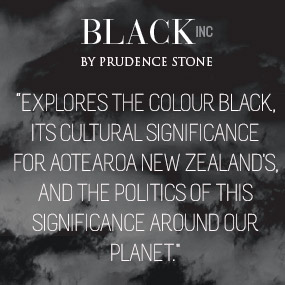Moa’s Range of Ecological Roles Irreplaceable
Filling the ecological gap left by the extinction of the moa with imported Australian emus and cassowaries would not work, according to insights into the giant flightless birds’ feeding behaviours.
The findings, reported in the journal Proceedings of Royal Society B, show the nine species of moa were able to co-exist in New Zealand by using different feeding strategies.
With the coastal and other moa now extinct, there’s nothing in New Zealand to fulfil the range of ecological rolls the moa had.
“My research shows each moa species specialised in different types of food and it’s not certain we can introduce other species to New Zealand to fill those roles because they’re quite diverse,” the study’s lead author Marie Attard, of the University of New England, said.
“I don’t think you can introduce a single species like an emu or cassowary into New Zealand to act as an ecological surrogate – which is what others have proposed in the past – to fill the role of the moa.”
It is thought that the extinction of these birds 550 years ago left indelible holes in New Zealand’s ecosystem and likely led to drastic changes in fire frequency, regeneration patterns and seed dispersal opportunities of plants.
Original article by Stuart Gary, ABC News, January 13, 2016.















